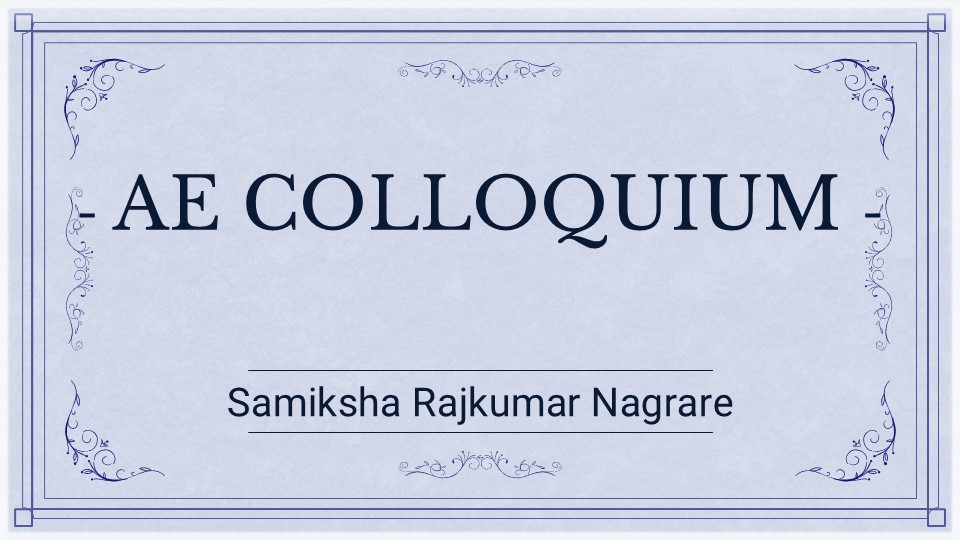
- This event has passed.
Ph.D. (Engg): Intersection Planning in Multilane Aerial Corridors for UAVs
October 30, 2024 @ 3:00 PM - 5:00 PM

Uncrewed aerial vehicles (UAVs) are revolutionizing traditional aviation markets by opening the airspace to new participants and expanding multimodal applications, increasing the UAVs’ participation in the uncontrolled low-altitude class G airspace. Therefore, having a UAV Traffic Management (UTM) system is of great importance in designing structured traffic rules for UAV paths in the airspace (corridors) and intersections. This work addresses the problem of intersection planning in the context of UTM. We consider a multilane multi-UAV traffic management framework, CORRIDRONE. In this setup, an intersection volume is defined when two or more multilane corridors merge in the airspace. Unlike road intersection scenarios, an aerial intersection has a virtual, non-visible boundary. Hence, resolving conflicts is challenging without a traffic light. In this thesis, we develop algorithms to manage intersections and resolve conflicts in pre-flight and in-flight modes. In the first part of the thesis, we consider that only one UAV is assigned per corridor. Hence, intersection volumes are created by intersecting two lanes. Here, we present an algorithm that exploits the relative geometry between the UAVs and schedules the speed of one UAV relative to the other for multiple intersections. Next, we extend this methodology to pre-plan a UAV trajectory also to include UAV accelerations while scheduling. This method utilizes the time taken for the UAVs involved in the conflict to enter and exit an intersection formed owing to their corridor paths. For corridors with multiple lanes, we define an intersection volume free of lanes, such that the lane boundaries are valid only till the intersection boundaries. We then present a lane-changing approach to resolve conflicts by changing the initially intended path connecting two lanes. We further added security to the UAVs in conflict-laden scenarios by creating a dronecage, which is an amalgamation of multiple geofences intersecting at multiple points (intercrosses). The UAVs travel inside these geofences to change lanes or corridors and reach their destination safely. We propose an algorithm that uses an approach vector-based strategy to navigate this dronecage. We show the effectiveness of the algorithms developed with numerical simulations and hardware tests. The motivation behind the thesis lies in providing the complete conflict resolution architecture for UTM to be used if and when needed in real-life scenarios.
Speaker: Samiksha Rajkumar Nagrare
Research Supervisor: Debasish Ghose